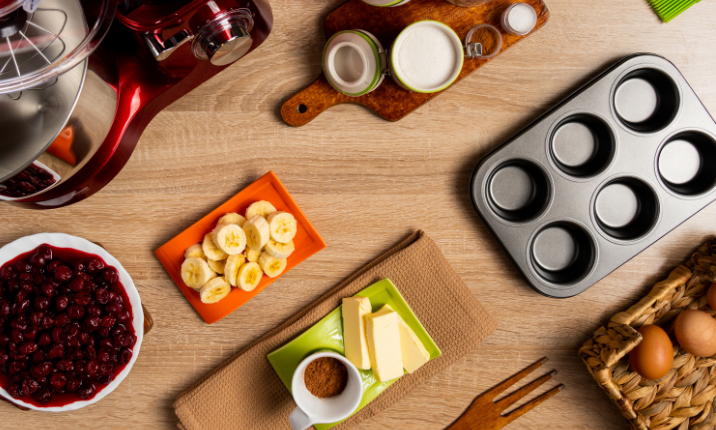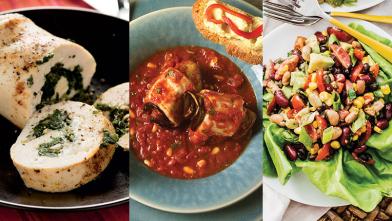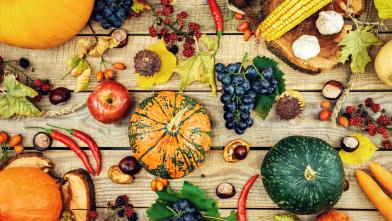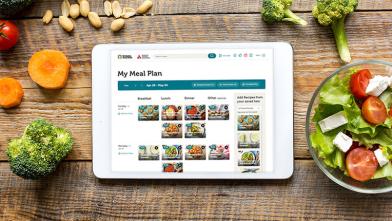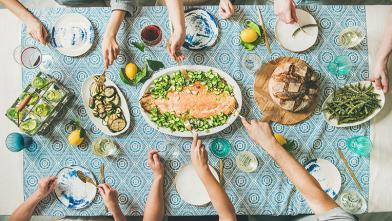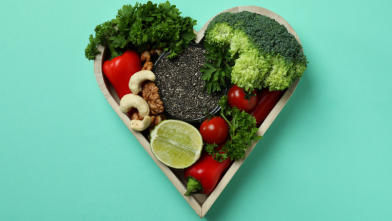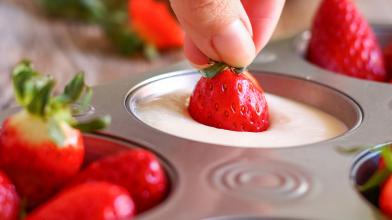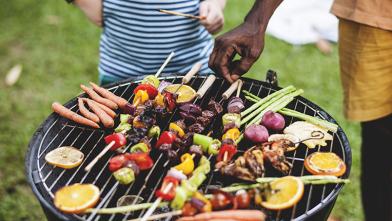What Are Added Sugars?
When looking at a nutrition label on packaged foods, you may notice there is total sugars and added sugars on the label. Added sugars are the sugars added during the processing of that food item. That means regular granular sugar, honey, syrups, and the like that are added to the food. This does not include sugar that naturally occurs in that item, like fruit, milk, and veggies. Total sugars is the combination of any naturally occurring in the food plus any added sugars.
And not all added sugar comes from desserts—many are consumed in beverages and some are hidden in savory foods. If you want to lower your sugar consumption, focus on curbing added sugars—like table sugar, brown sugar, corn syrup, malt syrup, honey, and cane juice—and keep eating foods with naturally occurring sugar, like fruit. Added sugar can contribute to a blood glucose (blood sugar) spike without providing significant nutrient value.
What’s the Difference Between “Sugar Free” and “No Sugar Added”?
It’s important to know the difference between “sugar free” and “no sugar added” labeling.
- Sugar free means one serving of food has less than 0.5 grams of added or natural occurring sugar. This is also true for the terms “free of sugar” and “zero sugar.”
- No sugar added means no sugar or sugar-containing ingredient is added during the processing or packaging of a food, though it may still contain natural and artificial sweeteners. This is also true for the terms “without added sugar” or “no added sugar.”
With a combination of naturally sweet nutrient-rich ingredients, mindful choices, and strategic culinary tweaks, you can craft delicious diabetes-friendly eats and treats while prioritizing nourishment and culinary joy—with no added sugars in sight.
5 Tips for Making No-Sugar-Added Treats
1. Go fruit-forward
Fruits offer natural sweetness with plenty of health benefits, including fiber. Ideally, choose fresh or frozen fruits, 100% fruit products, and occasionally no-sugar-added dried fruit. Remember, fruits have naturally occurring sugars, so they aren’t sugar-free, but they can be no sugar added!
- Make an elevated, smoky-sweet fruit platter by grilling fruit first.
- Purée dates for use as a sweet base for puddings.
- Try 100% pomegranate juice as a poaching liquid or simmer it until slightly thickened to drizzle onto treats for tart-sweet dazzle.
- Blend frozen bananas in a food processor to craft flavored “nice cream.”
- In a baked good recipe, add mashed ripe banana, unsweetened apple butter, canned pumpkin, or butternut squash purée in place of up to half the sugar, then bake a bit longer due to extra moisture.
2. Sprinkle with zest
Grate the colorful peel of lemon, lime, orange, or mandarin orange before prep. Citrus zest has potent antioxidant value and eye-opening sweet aroma. Freeze any extra zest for later.
- Add some orange or mandarin orange zest into cocoa desserts, like these snack squares, for flavor intrigue.
- Create your own lemony Greek yogurt for a fruit parfait by stirring lemon zest and juice into plain Greek yogurt along with a sweetener of choice, like stevia.
- Sprinkle lime zest (plus optional pinch of chili powder and salt) onto melons or mango for a special tangy flair.
3. Boost the extracts
Pure vanilla extract may help make food seem slightly sweeter. Research suggests it’s likely due to heightened aroma. Consider others like pure orange or almond extract, too.
When decreasing sugar or sweetener alternatives, add or increase extract(s). For example, if a recipe calls for one teaspoon of pure vanilla extract (like you’ll find in these blondies) add 1 1/4 or 1 1/2 teaspoons instead. But don’t overdo peppermint extract—it’s potent!
4. Add a pinch of salt or sweet spice
A small amount of salt brightens natural flavors of other ingredients—just be mindful of your sodium intake. Science backs this up. And “sweet spices,” such as cinnamon, nutmeg, or pumpkin pie spice, elevate the warm flavor profile of desserts. Do both!
For instance, when making a reduced-sugar or no-sugar-added cookie recipe, include at least a pinch of sea salt and cinnamon to enhance sweetness and provide balance, like you’ll find in these goodies.
5. Try a natural sweetener
Don’t forget about naturally derived zero-calorie sweeteners, like stevia or monk fruit. They can add sweetness without the same impact of typical sugar on your blood glucose levels. Experiment to determine the ideal balance for your taste buds.
Enjoy sweetening with monk fruit in this chocolate cherry smoothie or pumpkin pie overnight oats—or with stevia in this chocolate walnut mug cake.
Want more diabetes-friendly recipes? Sign up for the Diabetes Food Hub e-newsletter for monthly recipes sent straight to your inbox.
